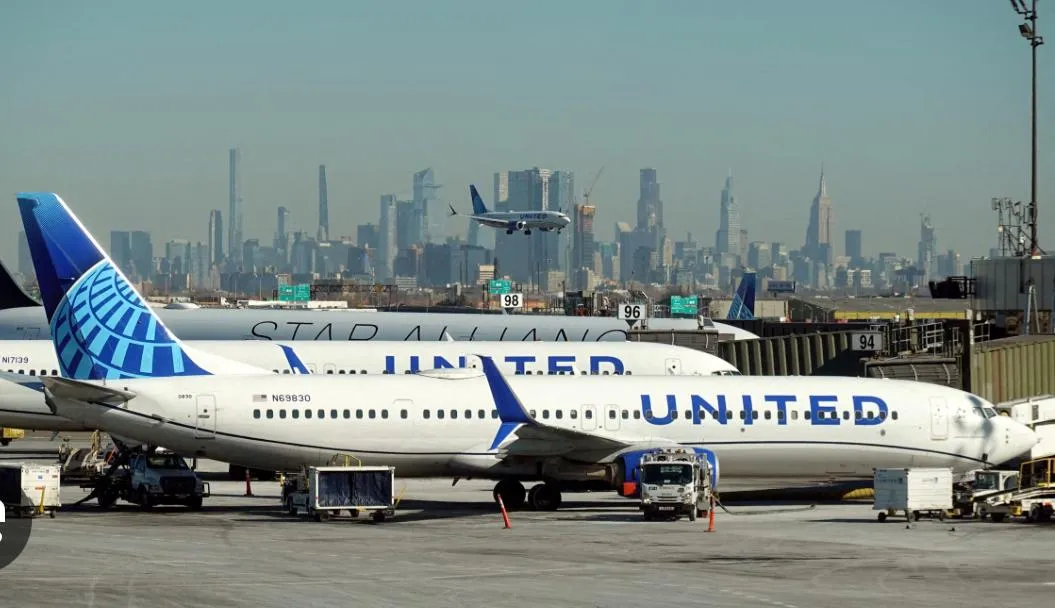
Crisis at 30,000 Feet: What United Airlines at Newark Airport Can Teach Every Brand About Earning and Maintaining Public Trust
Crisis at 30,000 Feet:
What United Airlines at Newark Airport Can Teach Every Brand About Earning and Maintaining Public Trust
When things go wrong at a hospital, a bank, or an airport, it’s not just operations that grind to a halt.
It’s public trust that takes the hardest hit.
For institutions that serve the public at scale, trust is not a soft metric. It’s the fuel that keeps everything moving.
And when a disruption happens—whether it’s a systems outage, an executive scandal, or a wave of cancellations—it can dissolve into disdain or even widespread panic in seconds.
That’s why United Airlines’ recent response to ongoing chaos at Newark Airport deserves attention—not just from the aviation world, but from any organization that serves people at scale.
The Situation: Newark Airport in Crisis Mode
Newark Liberty International Airport has been a pressure cooker:
•Air traffic controller shortages
•Overscheduling and frequent delays
In the past, a perfect storm like this might have left passengers confused and furious, and a brand scrambling in the media.
Instead, United Airlines, Newark’s largest carrier, is showing what it looks like when communications leads from the front.
What United Got Right (And What You Can Steal for Your Own Crisis Plan):
1. Clear, proactive communication across every channel
United didn’t go quiet.
They messaged customers early and often via:
2. Visible leadership, not just press releases
United’s CEO Scott Kirby didn’t hide behind a statement but rather he showed up.
He gave national interviews, explained the situation, and took accountability.
3. Strategic operations + transparent storytelling
Instead of pretending everything was fine, United cancelled 35 flights per day at Newark on purpose to keep 200+ others moving more efficiently.
And they told people why.
4. Communications has a seat at the decision-making table
As Kirby said in 2023:
“United has enjoyed a significant competitive advantage by having our policy and communications leaders at the table for every major decision we’ve made.”
You can tell. The communication isn’t reactive—it’s integrated.
⸻
Why This Matters for Every Organization, Not Just Airlines
Whether you manage a hospital, university, utility, or public agency, the principles are the same:
•When systems break down, people want clarity.
•When uncertainty spikes, they need leadership.
•When confidence is low, trust must be rebuilt fast.
United Airline’s response shows that transparency isn’t a weakness. It’s a trust accelerator.
They didn’t try to spin the truth or minimize the problem.
They managed expectations, stayed accessible, and explained the why behind every move.
Use This 6-Step Checklist to Prepare Your Own Organization:
1.Embed communications into executive decisions
Don’t relegate it to press releases after the fact.
2.Plan your crisis messages for every platform
Email, social, media interviews, employee updates—they all matter.
Speak plainly and directly, especially when stakes are high.
Your CEO or top leader should be ready to front the message, not hide from it.
5.Balance transparency with action
Be honest about what’s broken, but clear on what’s being done to fix it.
6.Earn trust before the crisis hits
A transparent culture and communications track record will pay dividends when things go wrong.
In moments of disruption, you don’t just protect your operations—you protect your brand.
And that starts with communicating like trust depends on it. Because it does.
👥 Our half-day team Speaking of Media training, gives your group the tools to stay composed during media moments. Book now.
